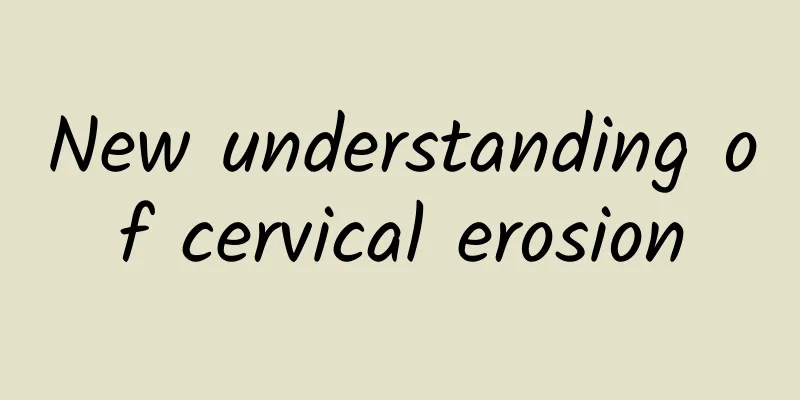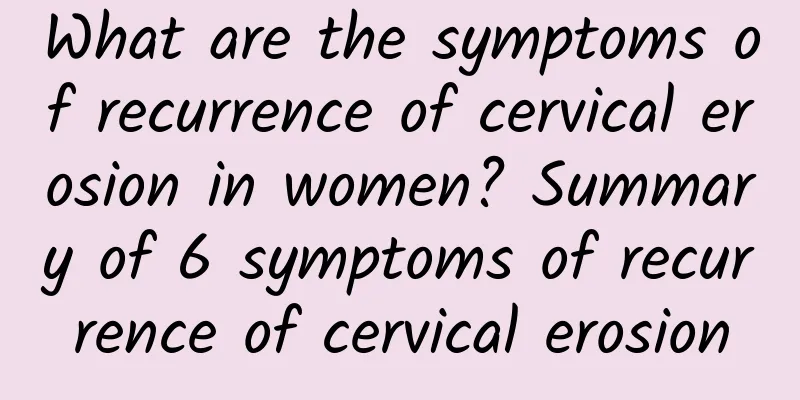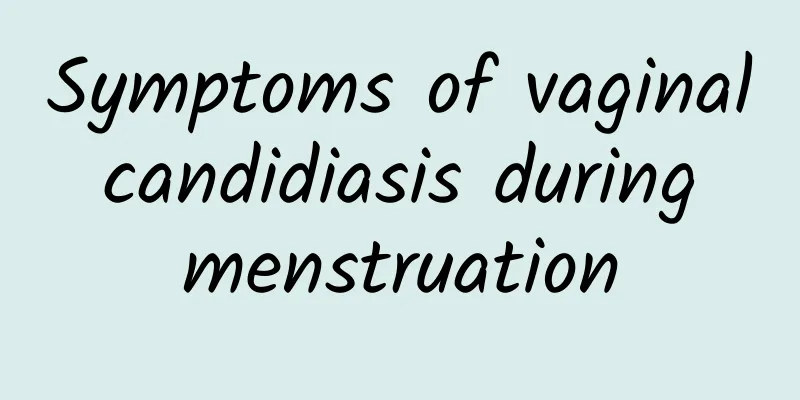New understanding of cervical erosion

|
In daily life, people often hear the term "cervical erosion". Due to unclear understanding of the disease, many women often panic when diagnosed with cervical erosion, thinking that cervical erosion means that the cervix is "rotten". They blindly use medication for treatment, which leads to overtreatment. Indeed, "cervical erosion" was once recognized and treated as chronic inflammation of the cervix or even precancerous lesions. Recent views believe that "cervical erosion" is a single layer of columnar epithelium covering the surface of the cervix, rather than a true shedding of the epithelium; it is the columnar epithelium and transformation zone on the inner side after the squamocolumnar junction moves outward. Therefore, some scholars suggest that the erosive appearance of the columnar epithelium moving outward be called cervical columnar epithelium migration or ectopia. At present, the term cervical erosion has been abandoned in the West and renamed cervical columnar epithelium ectopia, believing that it is not a pathological change. In addition, foreign countries generally do not treat those with mild inflammation, only do cytological screening, and make corresponding treatments based on the cytological results. It should be noted that it is currently unclear whether columnar epithelial ectopia increases the chance of infection by pathogens or affects the occurrence of cervical lesions or cervical cancer. However, relevant examinations should be performed on such women clinically to rule out the presence of concurrent infections. They should undergo cervical cancer prevention examinations once every 1 to 2 years, and then decide whether to treat and how to treat them. Women who develop symptoms should be treated, but relevant examinations such as cytology screening and (or) pathogen testing are required before treatment. Generally speaking, those with normal cervical cytology and negative pathogen tests do not need treatment. |
<<: Knowledge about the treatment of cervical erosion
>>: How to choose hormone therapy for patients with dysmenorrhea
Recommend
Will less vaginal discharge affect fertility? It may
In fact, although less vaginal discharge does not...
What causes uterine fibroid pain? What to do about uterine fibroid pain
What causes uterine fibroid pain? What to do abou...
My knees hurt when I run, what should I do? In addition to running, you also need to do these 3 things
Manager Wu works as the general manager in the ca...
Don’t be afraid of getting fat by eating ice cream! Kumquat lemon konjac super slimming
It is such a pleasant thing to eat a bowl of icy ...
Will cervical erosion affect pregnancy? Comprehensive introduction to cervical erosion related knowledge
Cervical erosion is a very common gynecological d...
Knowing the cause of pelvic inflammatory disease can effectively prevent the disease
Nowadays, unmarried women can also suffer from pe...
What is the cause of bilateral polycystic ovary changes?
Polycystic changes in both ovaries are a common d...
Beware of fibroids if your menstrual period is too long
Do symptoms of uterine fibroids include prolonged...
Symptoms and treatment of adnexitis
What are the symptoms and treatment of adnexitis?...
Is ultrasound examination necessary for pelvic inflammatory disease? Only for serious cases
Pelvic inflammatory disease can be treated with B...
Understand the early symptoms of ectopic pregnancy to control the deterioration of the disease
Ectopic pregnancy has a great impact on our lives...
Three health food therapies for patients with adnexitis
Adnexitis is a common gynecological disease in wo...
Should I eat more protein to build muscle? Nutritionist: Carbohydrates are more important!
If you want to get rid of all the extra fat and g...
What are the symptoms of multiple uterine fibroids?
What are the symptoms of multiple uterine fibroid...
Age of menopause
Under normal circumstances, women's menstruat...









